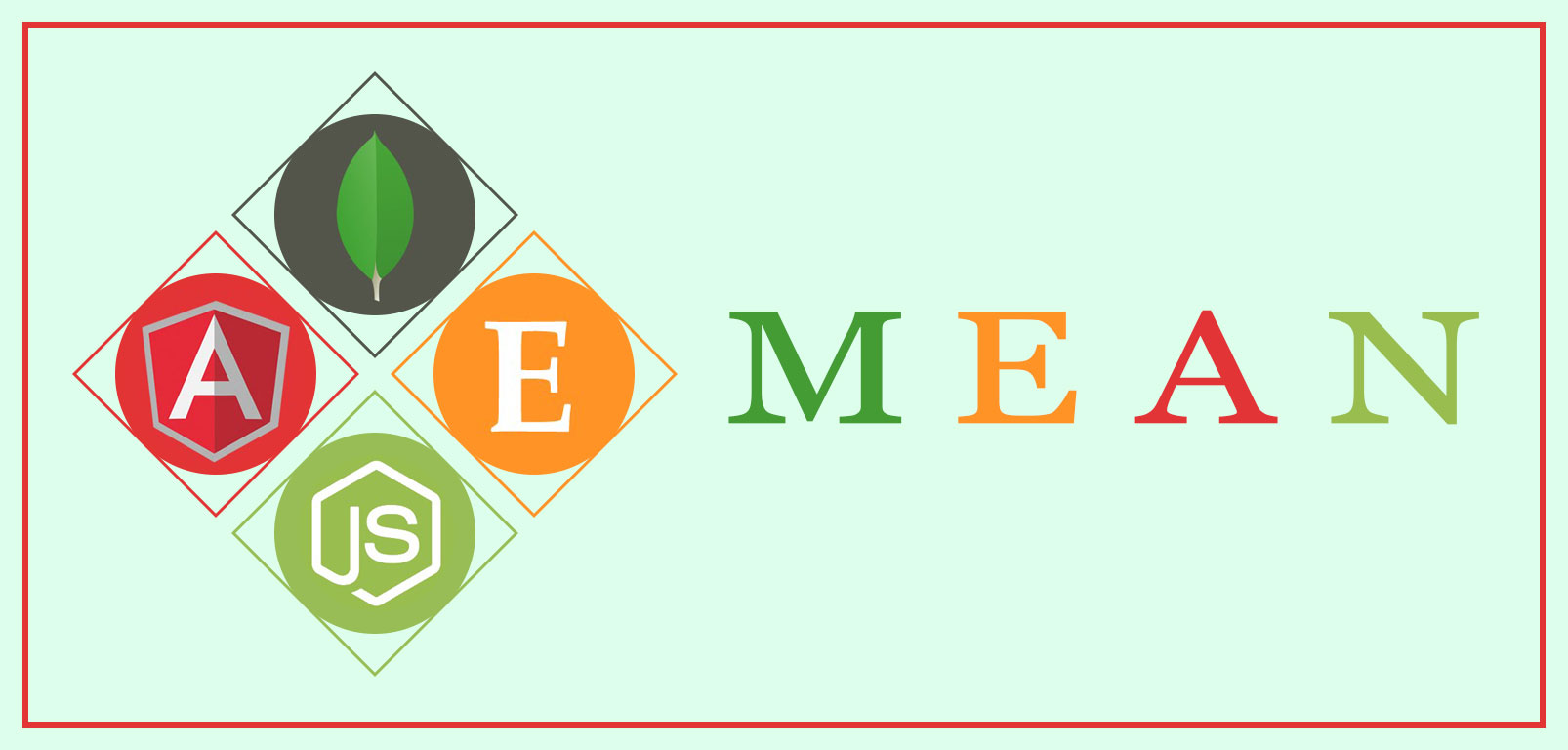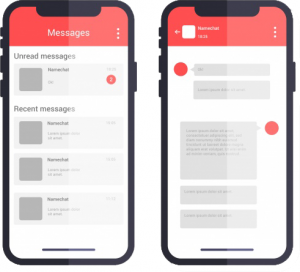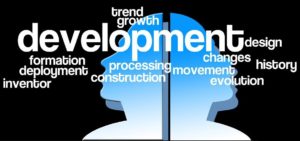MEAN stack is a programming process that is built on the framework of four essential components, MongoDB, Express JS, Angular JS and Node JS. It offers many benefits to programmers and currently is one of the most sought-after processes for many web developers or companies that hire them.
1. Technology Stack
Aka a solutions stack, a technology stack or technology infrastructure is a list that consists of the technology services that are utilized to build, as well as run, an application. A technology stack provides a quick summarization of the frameworks, programming languages and tools used to develop and manage an application.
2. Benefits of a Technology Stack
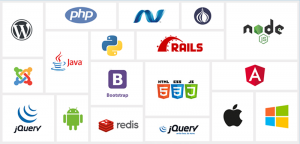

One of the main benefits of a technology stack is that it provides a clear description of all the information needed to understand the way the application is built. As such, the technology stack indicates the strengths and weaknesses of the application. Tech stacks are also used by many companies to hire developers, as they help them narrow down the list of prospective employees to those who are familiar with the tech stack.
3. Introduction to a MEAN Stack
MEAN Stack pertains to the software development process, which includes particular technologies like MongoDB, ExpressJs, AngularJs and NodeJs. A mean stack developer is one who has programming knowledge in these areas and is primarily a good Javascript developer. The technologies involved in the MEAN stack are used to make full-stack applications.
4. Components of MEAN Stack
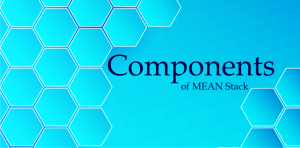


The components of MEAN Stack include:
- MongoDB: Every technology stack needs a database. And MongoDB does that for the MEAN Stack. The NoSQL database is written in a combination of languages, including Python, C++, Go and Javascript, and treats documents as objects. The open-source software can handle the large quantity of unstructured data across multiple platforms.
- ExpressJS: This component of the MEAN stack acts as the backend tool for the stack. Used for creating application program interfaces (APIs) and web development tools over a licensed open-source platform. With the ability to host node.js projects, it works on applications that connect to a server via a connection request generated by the client.
- AngularJS: It makes up the frontend component of the MEAN stack. Overcoming the issues arising from single-page applications, this open-source tool makes use of HTML as a template language to create web, as well as mobile, applications with AngularJS.
- NodeJS: This web development tool works with MongoDB to make up the backend framework of the MEAN stack. A platform-independent tool that is preferred for real-time applications, NodeJS uses a JS runtime environment to developer network and server-side applications.
In short, the main functions of the individual components of the MEAN stack can be summarized as follows.
- MongoDB: Database used to retrieve and store data
- ExpressJS: Used to send requests to the database via client and wait for a response
- AngularJS: Used to accept the requests and display the results to clients
- NodeJS: Used to handle both server-side and client-side requests.
5. Benefits of MEAN Technology Stack
A MEAN technology stack has several benefits over standard programming tools. These include:
- Easy to learn stack, as the server and client-side programs are written in one language, Javascript
- Ease of transfer of code from one framework to another
- Enhanced user interface owing to support for Model View Controller (MVC) architecture
- Enhanced platform flexibility and cloud cluster support, which makes code creation, updating, replicating and testing hassle-free
- Increased cost-effectiveness owing to a fewer number of developers for an application
- Enhanced cloud compatibility, which further reduces costs related to development, cloud integration and disk space storage
- Increased speed and reusability owing to the framework’s non-blocking architecture, which, in turn, makes reusability, testability and maintenance easy
- Easy traceability and debugging ability owing to the single-source language used across multiple layers of code
- Easy availability of an extensive library of JS modules to make web development with the Javascript very easy
6. Prerequisites for MEAN Stack



A MEAN stack developer is a person who is required to know extensively about programming in Javascript. The developer would be required to build code for frontend applications and backend systems. The responsibilities would also include the creation of code for new modules and features, as well as code for creating unit test cases, all the while coordinating with other web app teams for API integrations.
Some of the prerequisites for MEAN Stack developers include:
- Knowledge of web and application development workflow and architecture
- Knowledge of programming languages like HTML, CSS and Javascript
- Knowledge of frameworks related to CSS and Javascript
- Knowledge of components used in MEAN stack, including MongoDB, ExpressJS, Angular JS (can be substituted by VueJS or React JS) and Node JS
- Knowledge of client and server-side requirements and processes
- Knowledge of a design framework like Motion UI (optional)
- Knowledge (or at least familiarity) of NPM package manager

